You are here
Santa Barbara + Sierra Madre/San Rafael Mountains, California
Santa Barbara + Sierra Madre/San Rafael Mountains, California
Santa Maria Valley + Santa Lucia/La Panza Mountains, California
Santa Maria Valley + Santa Lucia/La Panza Mountains, California
Santa Maria Valley + Santa Lucia/La Panza Mountains, California
Santa Maria Valley + Santa Lucia/La Panza Mountains, California
Santa Maria Valley + Santa Lucia/La Panza Mountains, California
Santa Maria Valley + Santa Lucia/La Panza Mountains, California

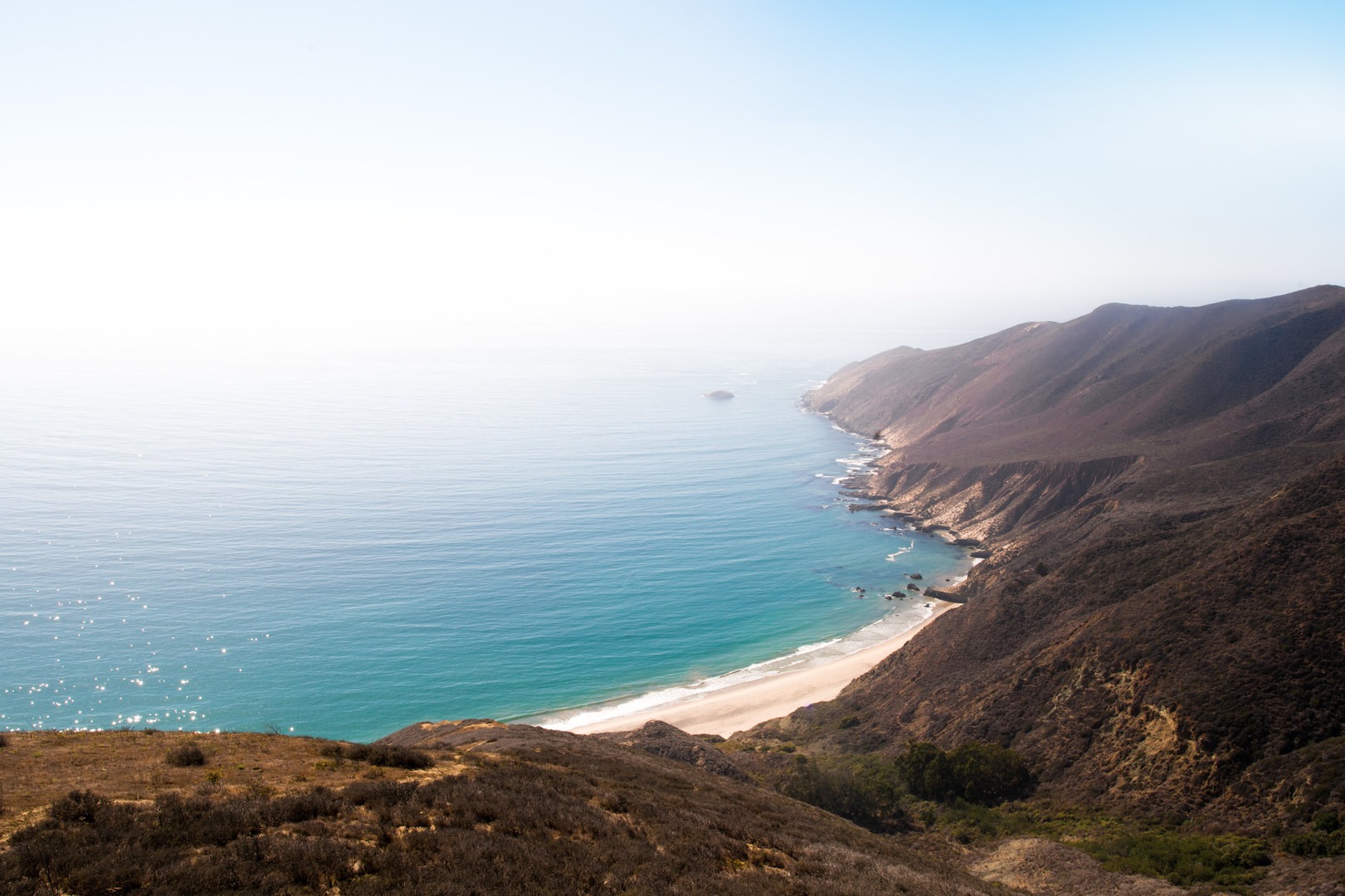
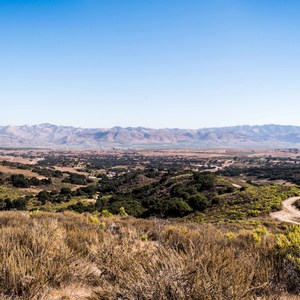
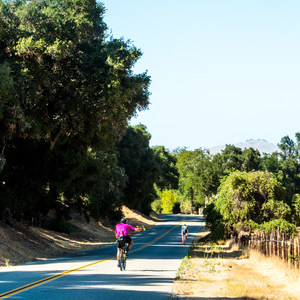
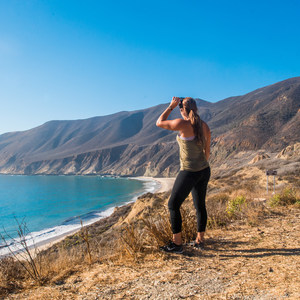
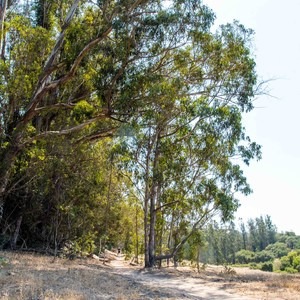
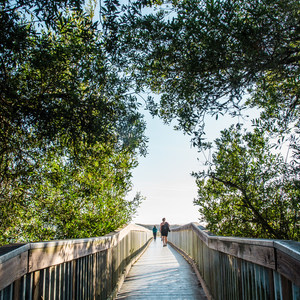
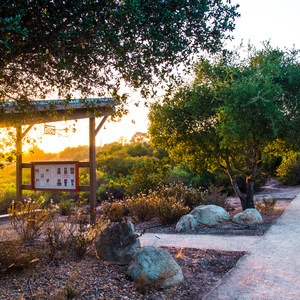
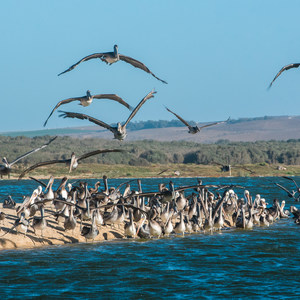
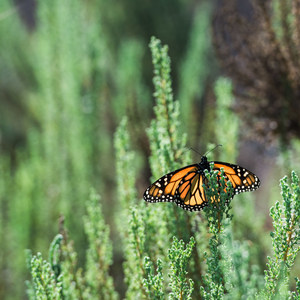



Comments
Sign In and share them.